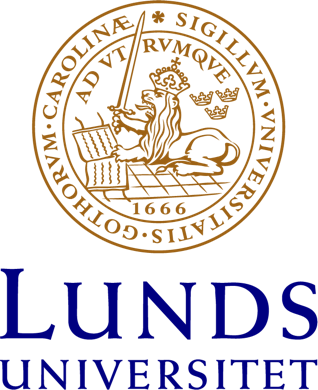Sökresultat
Filtrera
Filtyp
Din sökning på "*" gav 529850 sökträffar
Dementia and autonomy
No title
Malawian Prosthetic and Orthotic Users’ Mobility and Satisfaction with their Lower Limb Assistive Device
Objective: To investigate patients’ mobility and satisfaction with their lower limb prosthetic or orthotic device and related service delivery in Malawi and to compare groups of patients regarding type and level of device and demographics. Methods: Questionnaires were used to collect self-report data from 83 patients. Results: Ninety percent of prostheses or orthoses were in use by patients, but a
Graduates’ perceptions of prosthetic and orthotic education and clinical practice in Tanzania and Malawi
Background: Maintaining and improving the quality of prosthetics and orthotics education at the Tanzania Training Centre for Orthopaedic Technologists is essential for the provision of appropriate prosthetics and orthotics services in African countries.Objectives: To describe how Tanzanian and Malawian graduates’ of the Diploma in Orthopaedic Technology perceive their education and how it could be
Patients’ Satisfaction with Lower-limb Prosthetic and Orthotic Devices and Service delivery in Sierra Leone and Malawi
BACKGROUND People with disabilities have the right to personal mobility and available and affordable assistive technology, according to the Convention of Rights of Persons with Disabilities. Few studies have investigated overall satisfaction with prostheses fabricated using low-cost technology. Evidence-based recommendations for prosthetic and orthotic services in low-income countries are needed i
Professionals Perspective of Prosthetic and Orthothic Service in Tanzania, Malawi, Sierra Leone and Pakistan
Challenging Hydro-hegemony: hydropolitics and local resistance in the Golan Heights and the Palestinian Territories
Hydro-hegemonic praxis defines much of Israel’s occupation that has continued since the signing of the Oslo Accords in 1993. Two empirical case studies of hydro-hegemony and counter-hegemony at local level are compared in this paper: the Israeli-occupied Golan Heights and the Israeli-occupied West Bank. Both case studies show that control over water resources and supply provides political power ov
YouTube and evidencing warcrimes; the role of digital video for transitional justice in Syria
Video activists from Aleppo and Raqqa as modern-day Kinoks? : An audiovisual narrative of the Syrian Revolution
The popular uprising that began in Syria in 2011 generated an unprecedented number of YouTube videos recording events in Syria; this emphasized how the social media platform had become an important alternative space for news and information, a space beyond the control of the government. In this article, I address the role of Syrian video activism in the Syrian revolution, and pay particular attent
From a state of shock to agency in liminality, Syrians and their children on the move
Less than 10% of the estimated total of 11 million Syrians who fled their homes, have actually reached Europe; around 4.8 million Syrian refugees live in neighbouring countries and over 6.6 million are internally displaced people (IDP) within Syria (Migration Policy Centre, 2016). In 2014, the author travelled back to northern Syria, where she conducted anthropological fieldwork in the past betwee
Qanats of Syria
Valleys of Hope and Despair; peace building through independent environmental documentaries
17.Wessels, J.I. (2016) “” in by Sebastian Kim, Pauline & Sue Yore (eds.), , UK. ISBN (10): ISBN (13): 978-1-4438-8371-9.
Qanat Romani: the Rehabilitation of Ancient Underground Water Tunnels in Syria
Syrian Masquerades of War
Evolution of Turkish Nationalism and the Changing Nature of Kurdish Problem
Denial of Kurds for the sake of a supposedly civic nationalism was the root cause of Kurdish problem. However, simple recognition of Kurds as an ethnic minority doesn’t mean the end of Kurdish problem. Recognition of Kurds as an ethnic minority opens multiple ways for the evolution of Turkish nationalism and the fate of Kurds in Turkey. The relation between the (Turkish) nation-state and Kurds can
